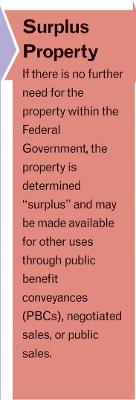State Street Property Disposal
 Federally-owned properties located at 202, 212, 214, and 220 South State Street, Chicago, are currently being offered to other government entities via the disposal authority of the U.S. General Services Administration (GSA).
Federally-owned properties located at 202, 212, 214, and 220 South State Street, Chicago, are currently being offered to other government entities via the disposal authority of the U.S. General Services Administration (GSA).
The properties will be offered first to other federal agencies, next to homeless assistance groups as required by the McKinney Act, then to state and local units of government, and lastly to the public via auction if none of the aforementioned entities have an appropriate interest.
GSA purchased the properties in 2004 with expectation of future expansion needs for the Chicago Federal Center. With most agencies now seeking to reduce office space, the properties are no longer needed.
The agency initially offered the properties in exchange for private sector construction services at two other federal locations. However, though offers were made, no agreement was reached. Accordingly, GSA is now moving forward with disposing of these properties using its customary authorities.
GSA will ensure compliance with all National Historic Preservation Act Section 106 and National Environmental Policy Act processes and requirements. More information on the Federal Property Disposal Process (diagrammed below) is available at disposal.gsa.gov/s/whatwedo.





The shortcut for this page is www.gsa.gov/statestreet.

 U.S. General Services Administration
U.S. General Services Administration